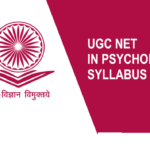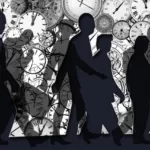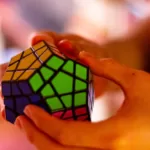Problem-solving and decision-making are fundamental cognitive processes that humans engage in daily. These processes are integral to our ability to navigate life’s challenges and make informed choices. In this blog, we will delve into the intricacies of problem-solving, examining different types, strategies employed, and obstacles encountered. Additionally, we will explore the multifaceted landscape of decision-making, considering various types and models that shed light on the complexities of the choices we make.
Problem-Solving: Types, Strategies, and Obstacles
- Types of Problems:
- Well-Defined Problems: These problems have clear goals, a set of possible solutions, and a defined path to reach the solution. Mathematical equations and puzzles are examples of well-defined problems.
- Ill-Defined Problems: These problems lack clear solutions or paths to reach them. Real-life issues such as interpersonal conflicts or societal challenges often fall into this category.
- Problem-Solving Strategies:
- Algorithmic Strategies: Systematic step-by-step procedures guaranteeing a solution.
- Heuristic Strategies: General guidelines or rules of thumb that reduce the number of possible solutions, though they don’t guarantee an optimal answer.
- Insight: A sudden realization or understanding that provides a solution, often without a clear, step-by-step process.
- Obstacles in Problem-Solving:
- Functional Fixedness: The tendency to view objects only in their traditional uses, limiting creative problem-solving.
- Confirmation Bias: The inclination to favour information that confirms pre-existing beliefs or ideas.
- Overcoming Mental Sets: The challenge of breaking free from habitual problem-solving approaches.
Decision-Making: Types and Models
- Types of Decision-Making:
- Rational Decision-Making: A systematic and logical approach involving a thorough analysis of information, alternatives, and consequences.
- Intuitive Decision-Making: Relies on gut feelings, hunches, or intuition rather than a formal, analytical process.
- Bounded Rationality: Decision-making within the limits of available information, time, and cognitive resources.
- Models of Decision-Making:
- The Rational-Comprehensive Model: Assumes that individuals have access to all information, evaluate all alternatives, and choose the most rational solution.
- The Satisficing Model: Proposes that individuals often settle for a satisfactory solution rather than exhaustively searching for the optimal one.
- The Incremental Model: Decision-making occurs through a series of small steps, adjusting strategies as needed.
- Factors Influencing Decision-Making:
- Cognitive Biases: Systematic patterns of deviation from norm or rationality in judgment, often influenced by heuristics and emotional factors.
- Emotional Influences: Feelings and emotions can significantly impact decision-making, sometimes leading to choices that may not align with rational analysis.
- Social and Cultural Context: Cultural norms, societal expectations, and peer influence play a crucial role in shaping decision-making processes.
Conclusion:
Problem-solving and decision-making are dynamic processes that engage our cognitive faculties in intricate ways. As we navigate the diverse types of problems, employ various problem-solving strategies, and grapple with obstacles, we gain insights into the complexities of human cognition. Likewise, decision-making, whether approached through rational analysis, intuition, or bounded rationality, is a multifaceted endeavour influenced by cognitive biases, emotions, and the broader socio-cultural context. Understanding these processes not only enhances our self-awareness but also equips us with valuable tools to navigate the cognitive maze of life. In the ever-evolving landscape of psychology, the exploration of problem-solving and decision-making remains an intriguing journey, unravelling the mysteries of the mind one decision and solution at a time.







